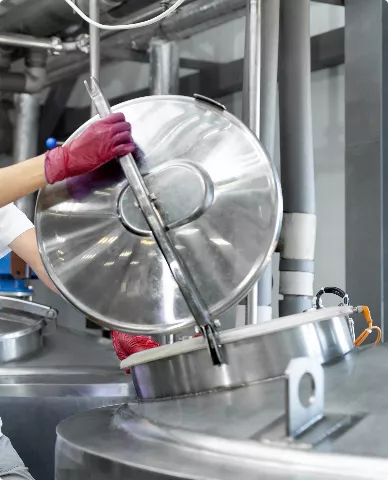Regulation (EU) No. 142/2011
It establishes detailed rules for the implementation of Regulation (EC) No. 1069/2009 on animal by-products and derived products not intended for human consumption. It ensures safety and traceability in the EU.
Regulation (EU) No. 142/2011 supplements and provides the necessary detailed rules for the implementation of Regulation (EC) No. 1069/2009 and lays down specific measures to ensure the safe handling, transport, processing and disposal of animal by-products and derived products not intended for human consumption – across all EU Member States. Together, these regulations form a comprehensive system for the management of animal by-products – ensuring safety, public health protection and maximum sustainability.
Key elements of Regulation (EU) No. 142/2011 include:
Scope and objectives:
- This regulation describes in detail the specific requirements and procedures for the enforcement of Regulation (EC) No. 1069/2009. It aims to ensure safe and effective management of animal by-products, to protect public and animal health and the environment.
Detailed procedures and standards:
-
Collection and shipping: It establishes the necessary standards for the collection and shipping of animal by-products, including requirements for vehicles, containers and identification labels to prevent cross-contamination.
-
Processing methods: It specifies approved processing methods such as rendering, composting, biogas production and incineration – along with the conditions each method must meet to ensure pathogen inactivation.
-
Health and safety standards: It establishes criteria for hygiene, biological safety and safety in the handling and processing of animal by-products.
Categorization and identification:
-
It provides detailed descriptions for the categorization of animal by-products into Category 1, 2 and 3 materials, thereby ensuring consistent classification across the EU.
-
It imposes an obligation to correctly label and color code containers and packaging according to the category of material they contain.
Documentation and traceability:
-
Commercial documents: It requires the use of standardized commercial documents for all shipments of animal by-products, detailing the nature, origin and destination of the materials.
-
Health certificates: It specifies the circumstances under which health certificates must be issued and the information they must contain.
-
Record keeping: It introduces comprehensive record-keeping requirements to ensure the traceability of animal by-products from origin to final use or disposal.
Use and disposal:
-
It clarifies the permissible use of derived products such as pet food, organic fertilizers, technical products and biogas production.
-
It establishes methods for the safe disposal of high-risk materials, including incineration and landfilling. It also ensures the protection of the environment.



